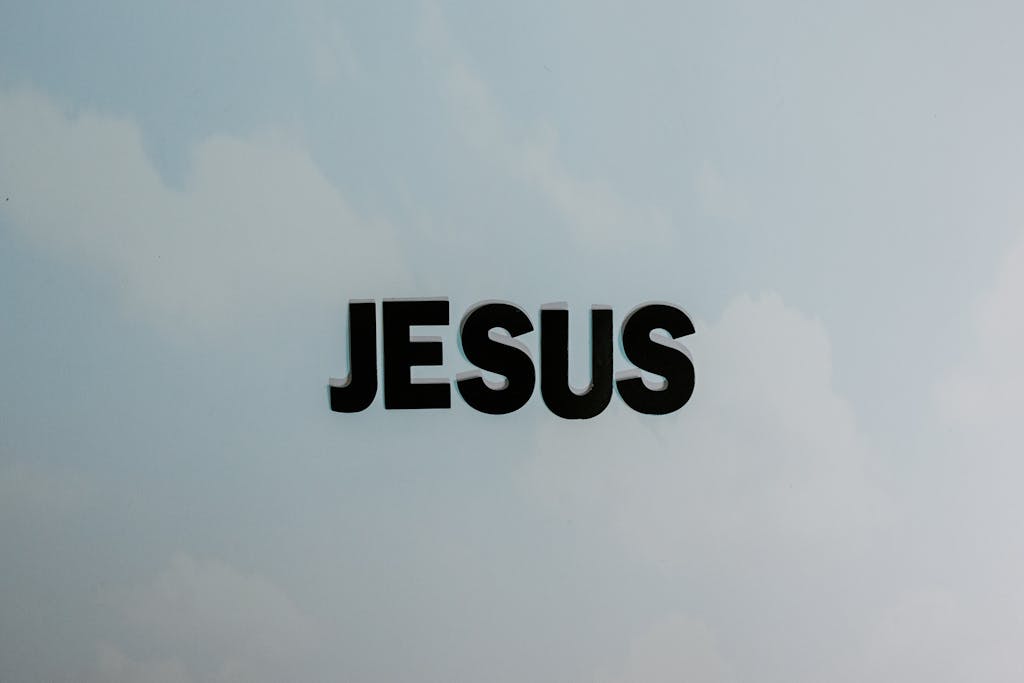You left the church. Now What?
Leaving the Church can feel like a breath of fresh air—or like stepping off a cliff into the unknown. Maybe you left because of hypocrisy, exclusion, bad theology, or just because it stopped making sense. Whatever the reason, you’re not alone. But once you leave, a big question looms: Now what?
Here are a few things to consider as you navigate faith beyond the walls of traditional Christianity.
1. Give Yourself Permission to Grieve (or Celebrate)
Leaving a faith community can be a deep loss, even if it was necessary. You might feel relief, sadness, anger, or all of the above. It’s okay. Faith transitions are real transitions. Acknowledge what you’re feeling, and don’t rush yourself through it.
After all, the Church was likely more than just a place you went on Sundays. It was a community, a place for ritual, belonging, and often a sense of purpose. Even if you’ve been hurt, it’s okay to grieve the loss of what the Church was supposed to be.
It’s also okay to celebrate that you’re free from an environment that didn’t serve you or reflect the values you want to uphold. Remember, grief and celebration can exist together.
2. Redefine What Faith Means to You
For many, Church and faith were inseparable. But faith doesn’t have to be tied to an institution. Now is your chance to define faith on your terms, free from dogmatic definitions or boundaries. Faith isn’t about membership; it’s about the ongoing journey of exploration.
Maybe faith now looks like justice work, where you see your actions as a response to God’s call for love, equality, and justice. Or maybe it’s found in deep, reflective conversations that honor doubt and curiosity. Or perhaps it’s nature—sitting in stillness, watching a sunset, feeling the sacredness in all creation.
Let yourself explore and know that you can still hold onto a relationship with God without the constraints of rigid dogma or church practices. Progressive Christianity affirms that God’s love is bigger than any church building, denomination, or structure.
3. Rethink Prayer and Spiritual Practices
If traditional prayer feels weird (or triggering), try something new. After all, prayer isn’t about getting the words right—it’s about connection, presence, and intention. It can be as simple or as complex as you need it to be.
- Journaling: Reflect on your thoughts and feelings. This is a form of prayer that allows you to pour out what’s on your heart.
- Meditative walks: The natural world is a great place to center yourself and connect with the divine.
- Breath prayers: These are simple, one-word prayers you say with each breath—like “peace,” “love,” or “grace.”
- Silent moments: Sometimes, prayer is simply being in the presence of the sacred without speaking.
Progressive Christianity teaches that the divine is in the mundane and the miraculous. You can connect with God in the everyday moments of life without needing to conform to a set way of praying.
4. What About the Bible?
Maybe you were taught to read the Bible literally, but that’s not the only way. Scripture can still be meaningful (even far more meaningful) when read historically, poetically, and contextually—without fear or rigid dogma.
Consider that the Bible is a collection of stories—poetry, history, wisdom, and myth—that can speak to your life today. Progressive theologians like Nadia Bolz-Weber, Richard Rohr, Rachel Held Evans, and Brian McLaren have shown in accessible, engaging books that coming to Scripture with an open mind enlivens and frees the Scripture to speak to us in ways we never fathomed. Learning the historical and cultural context behind Biblical stories deepens how we understand them today. To be sure, the Bible doesn’t have to be a weapon or a rulebook; it can be a guide for compassion, justice, and love.
If you’re open to it, try reading the Bible with a lens of questioning and exploration. Ask yourself: What does this story say about the nature of God? How can this teaching apply to my life now? How does this verse call me to love others, especially those who are marginalized?
5. Find New Community (Even If It’s Not a Church)
You don’t have to navigate this alone. Seek out spaces and communities where belonging doesn’t require conformity.
- Online communities: There are numerous progressive Christian communities on social media and online forums that emphasize inclusion, love, and justice.
- Like-minded friends: Build friendships with people who value deep conversation, who encourage you to ask questions and explore faith in an open and compassionate way.
- Justice work: Find ways to serve the world around you. Engagement in social justice and activism is a profound way to live out your faith in the world—advocating for the oppressed and working for the betterment of all.
- Inclusive churches: If you’re open to it, consider trying out a progressive (sometimes called “Mainline”) Christian congregation that embodies a more inclusive, compassionate, and questioning approach to faith.
You don’t have to rebuild everything from scratch or conform to outdated models. Inclusive Christian communities are springing up everywhere, and they welcome questions and diversity of thought.
6. You Don’t Have to Have It All Figured Out
Faith isn’t about certainty—it’s about curiosity, growth, and love. You’re allowed to ask questions, change your mind, and take your time. You don’t have to swap one rigid belief system for another. So keep exploring and allow yourself to grow at your own pace.
Progressive theology embraces uncertainty as part of the process. It values the questions—because those questions lead to deeper understanding and more authentic connection to God. As Brian McLaren often says, “faith is a journey, not a destination.”
You don’t have to have all the answers right now. And you don’t have to subscribe to a perfect theology or belief system. You are free to wrestle with the divine, and in that wrestling, you may just discover a more vibrant and compassionate faith than you every thought possible.
To explore Progressive Christianity a bit more, read this blog post.






